Cladding is a construction technique employed to provide protection and enhance the appearance of a building’s exterior. This method serves dual functions: safeguarding the underlying structure from external elements and improving the architectural aesthetics. Below is a concise list of seven predominant cladding options:
- Stone Cladding: Uses either genuine or simulated stone layers, bestowing a natural, rustic aesthetic.
- Timber Cladding: Incorporates timber strips in multiple forms, offering insulation alongside a rustic charm.
- Weatherboard Cladding: Composed of reconstituted timber, it can be customized in color, presenting an alternative to traditional timber.
- Fiber Cement Cladding: A composite of cement, cellular fibers, and sand, lauded for its resilience and lightweight properties.
- Brick Cladding: Employs specialized bricks designed for exterior use, delivering a classic architectural look.
- Metal Cladding: Often made from aluminum or steel, it provides a modern, sleek appearance with high durability.
- Vinyl Cladding: Made from plastic material, it’s a cost-effective option known for its low maintenance.
1. Stone Cladding
Stone cladding is one of the more popular types of cladding. This is because it tends to give houses a very natural, earthy, rustic, and aesthetic appeal that other forms of cladding cannot offer.
As the name suggests, stone cladding uses thin layers of natural or simulated stone to cover the exteriors of your home.
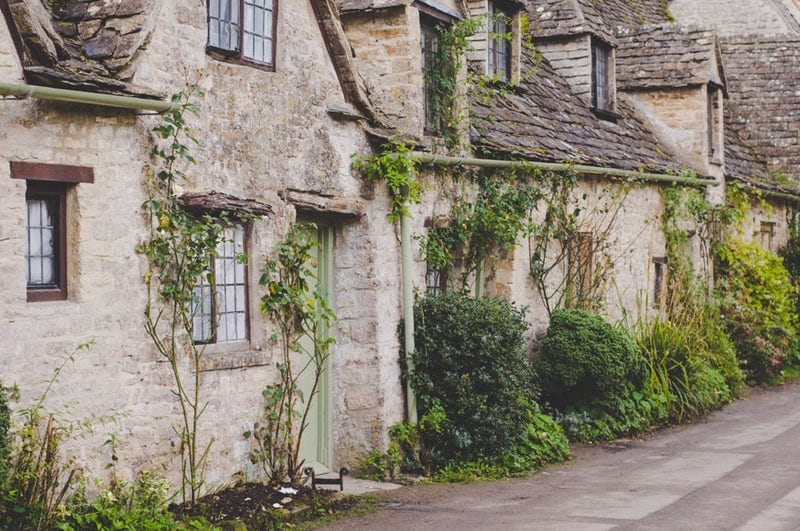
One thing to note is that simulated stone is a lot cheaper and easier to source than natural stone. And moreover, it’ll give you pretty much the same effect.
Stone is a non-porous material, which ensures that you won’t have to worry about rains seeping into your home whenever there’s a downpour. That also enhances the protection of your home.
2. Weatherboard Cladding
Again, as the name suggests, Timber cladding is when you cover the exterior of your house with strips of timber.
The timber used in this method can come in a variety of forms, such as shingles, horizontal boards, or simple panels. What makes for the choice of timber is a combination of the most suitable, and aesthetic type of wood.
Like stone cladding, timber cladding is also popular among homeowners, since it gives homes an upmarket, rustic, and warm feeling to it.
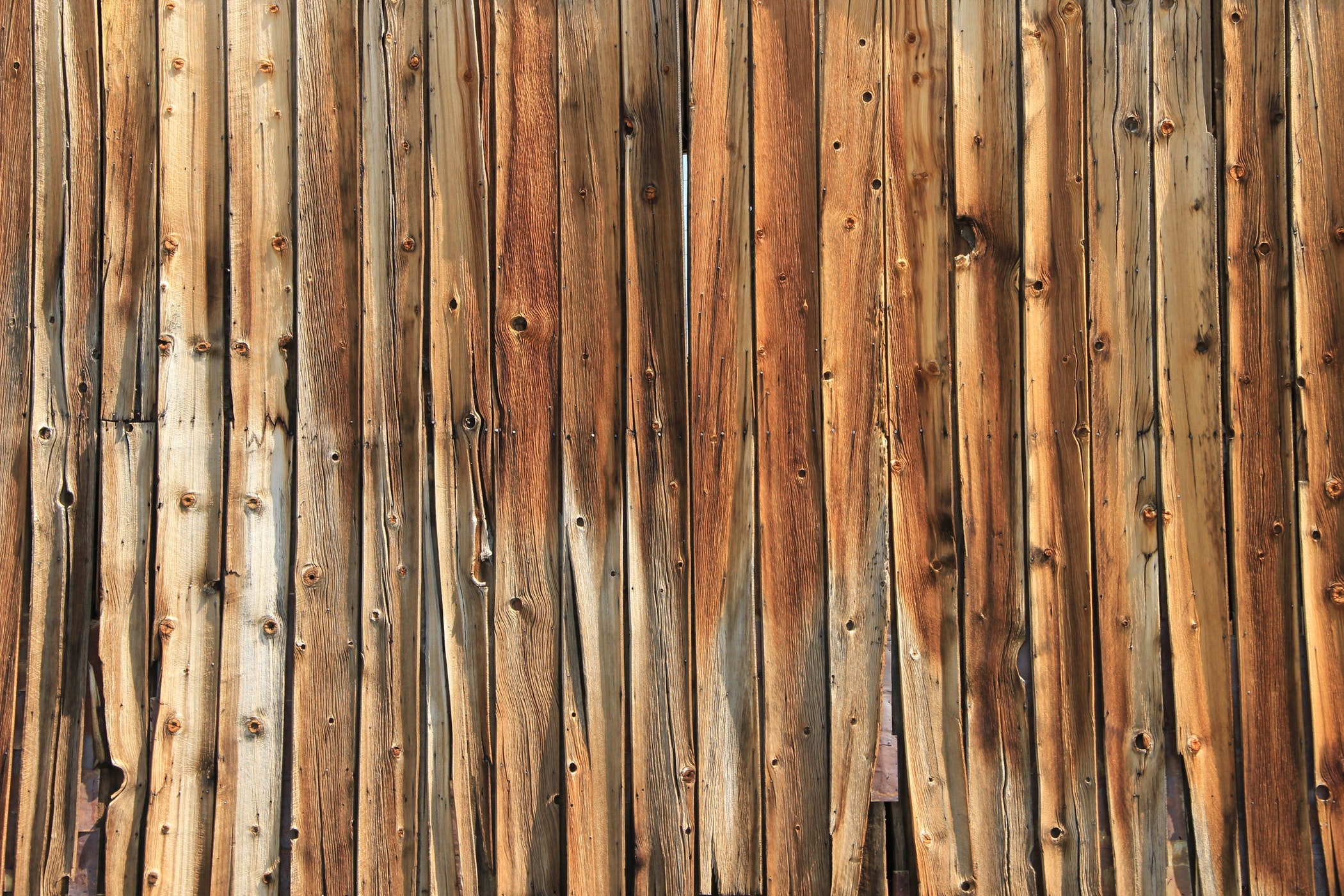
Another added advantage to timber cladding is that wood acts as a natural insulator, so you can keep the heat in during cold winters and save on heating system bills. It’s also an environmentally friendly choice when compared to the synthetic materials.
Also, if you find yourself wanting to sell your home, this is a great way to increase the property value and attract clients.
3. Weatherboard Cladding
Weatherboards are reconstituted timber and hardwood that have been painted or stained to your particular preference.
One of the many advantages of weatherboard as a cladding material is that it’s extremely versatile and can stick to many materials. This makes it a popular choice as a substitute if you find that you cannot use authentic timber in your cladding.
Another thing is that weatherboard isn’t limited to just the shade of timber and wood. You can paint or stain them to any color of your liking. This makes for a great option if you want a timber-based cladding, without going for the actual timber look.
But there is a small disadvantage to this as you’ll need to do some maintenance regularly to keep this in good condition. Be sure to keep track of it when you’re considering this as an option.
4. Fiber Cement Cladding
This is one of the popular and economical choices when it comes to cladding your exteriors.
Fiber cement is a mixture of cement, cellular fibers, and sand. This is a preferred substitute for wood as well since the finished effect closely resembles it. The material is also lightweight and doesn’t strain your walls too much over time.
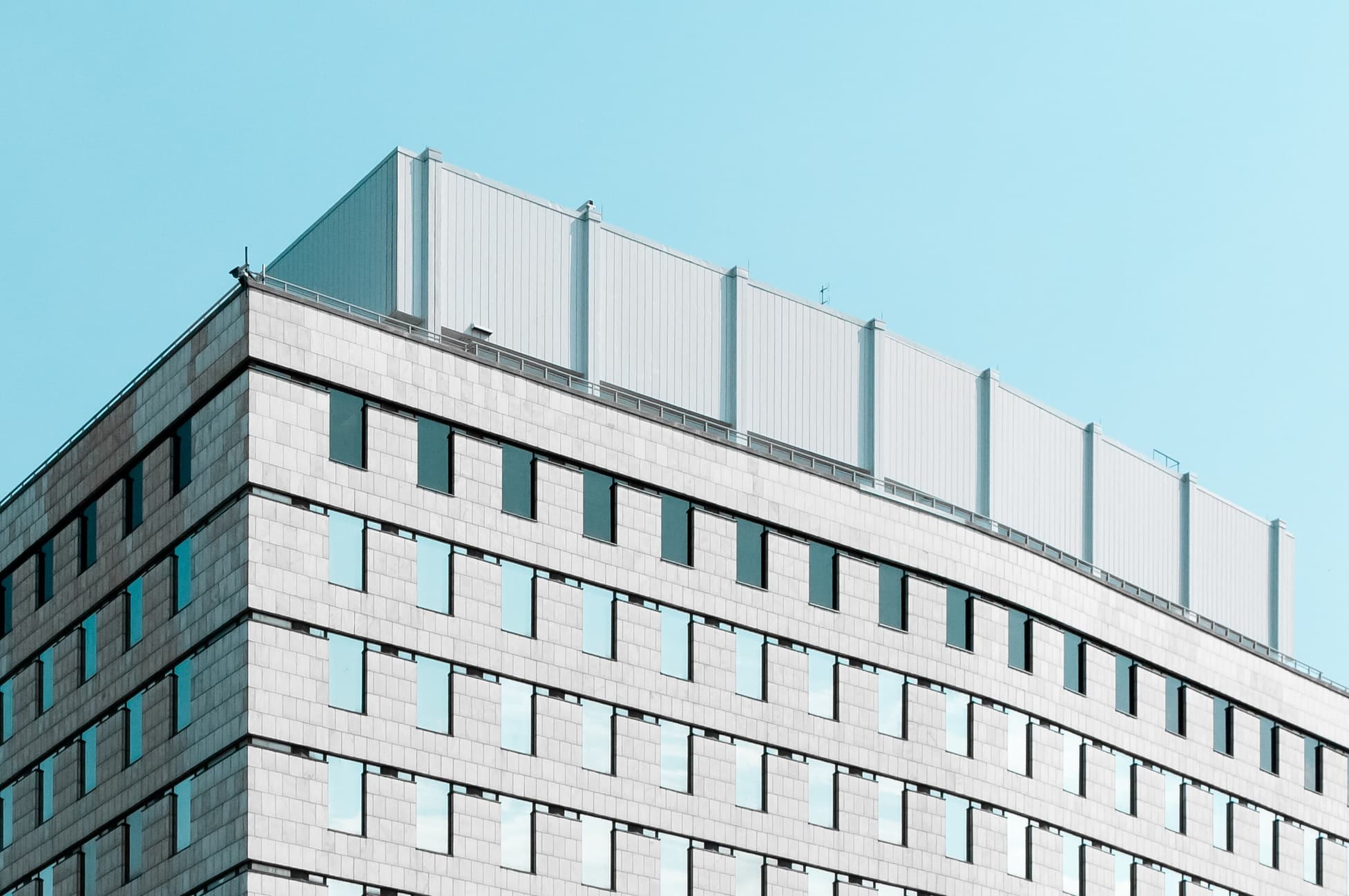
It is extremely weather-resistant and is a popular choice for people who live by the sea. It stands up to a lot of damage with minimal maintenance involved. It is even resistant to fire and insects, which makes fiber cement one of the most durable forms of cladding on this list.
However, it doesn’t provide insulation as well as some of the other forms of cladding, so consider going with this if you happen to live near the ocean.
5. Brick Cladding
Brick cladding involves nothing but, covering your exterior walls with bricks. These aren’t the regular bricks used to build walls, but specially made for this purpose. That’s why, they are lightweight and are available in a variety of colors.
Like stone and timber cladding, brick cladding can give your house a rustic and earthy appeal that so many people fall in love with.
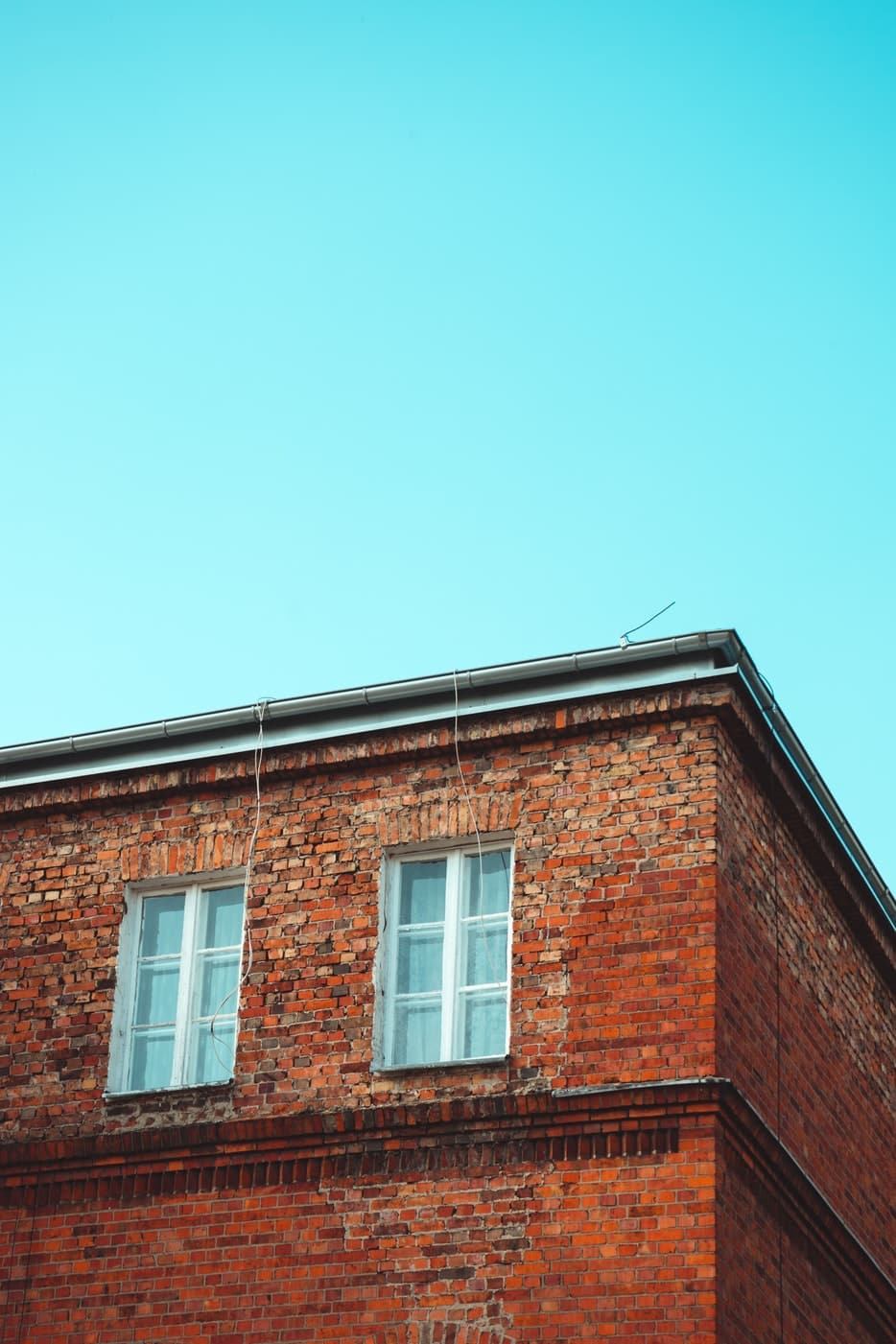
One great thing about brick cladding is that it’s not just aesthetically appealing, but also protects your house from different elements. Brick cladding reinforces building walls and keeps them strong. This provides a welcome addition to the wear and tear that your home faces on a daily basis.
But one of the biggest advantages of brick cladding is that they’re great insulators. This lets you save a lot on heating system bills during the winter, and air conditioning bills in the summer. In addition to that, they’re also very low maintenance. So you can just set them and forget all about it.
6. Vinyl Cladding
If you’re someone who doesn’t really like the earthy and historic appeal of brick, stone, or timber cladding, then you should take a look at vinyl cladding.
Vinyl cladding is incredibly cheap, eco-friendly, and is available in a multitude of colors. This gives you the freedom to pick from any color that you so wish, thus allowing you to set your house apart from everyone else’s on the block.
One thing that makes Vinyl Cladding stand out from the other forms of cladding is its recyclability.
Also, it’s very lightweight in nature and so, doesn’t add a lot of burden to your existing house. Moreover, vinyl cladding is low maintenance, so you don’t have to worry about it once you’ve set it.
7. Metal Cladding
If you’re not someone for a rustic or wacky appeal and prefer something in an industrial design style, then you must give metal cladding a try.
The most popular options for this kind of cladding are steel and aluminum, but there’s an availability of a wide variety of colors and styles to suit the style of your home.
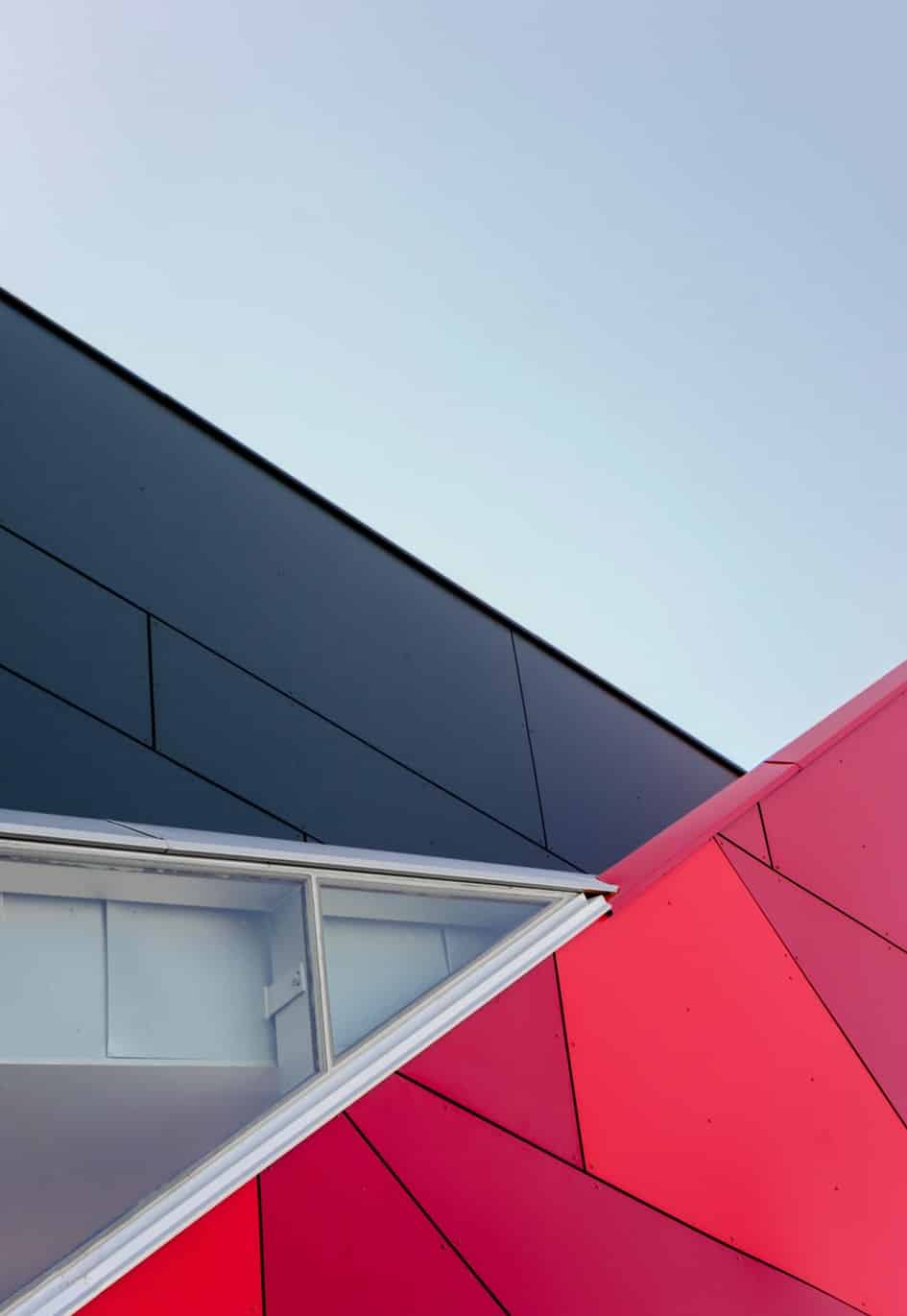
Metal cladding systems are sleek, lightweight, and long-lasting. This gives you the liberty of not having to worry about replacing or maintaining them periodically.
But do keep in mind that this might be somewhat expensive. However, the money is definitely worth the aesthetic and functional benefits of the design.
There is no one proper solution when it comes to cladding for houses. Different people living in different areas have a multitude of preferences when it comes to the idea of their perfect cladding. That is why, it is important to do the necessary research before you hire a contractor for your home improvement project.
So take a moment, see what kind of cladding you already have (in case you do), and see which one suits you the best. And that should help you find the best solutions to your renovation needs.


